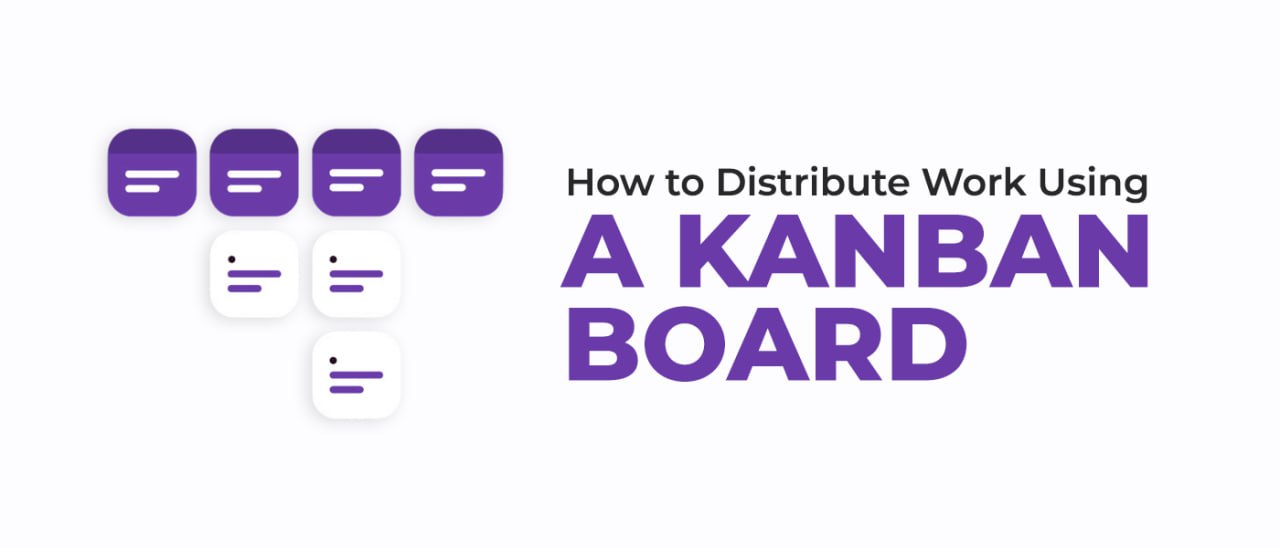
A Kanban Board is a powerful and effective organizational tool for project management and work distribution.
It provides a visual representation of work progress and helps teams to manage their workload efficiently. In this article, we will discuss the steps to distribute work using it.
Kanban Board
It is a visual project management tool that helps teams to visualize their work and track progress. It originated in Japan in the 1940s and was initially used in manufacturing to improve efficiency and reduce waste in the production process. In the 2000s, it was adapted for software development and has since become a popular tool in Agile and Scrum methodologies.
The main benefits of using a Kanban Board
One of the main benefits of using a Kanban Board is that it provides a clear, real-time overview of the status of each task in a project. This helps teams to identify and prioritize tasks, allocate resources more effectively, and reduce bottlenecks. It also encourages transparency and collaboration by making it easy for team members to communicate with each other and share updates on their progress.
Another benefit of using a Kanban Board is that it promotes continuous improvement. By regularly reviewing and analyzing their process, teams can identify areas for improvement and make adjustments to optimize their workflow. This helps to increase efficiency, reduce waste, and ultimately deliver better results.
How to use Kanban Board
Kanban Board is a powerful tool for project management that helps teams to work more effectively and efficiently. Its simplicity and flexibility make it suitable for a wide range of projects and industries, from manufacturing to software development to marketing.
Step 1: Create a Kanban Board
The first step is to create a Kanban Board. You can either use a physical board or an online tool like Projecto The board should have columns representing different stages of the work process, such as “To Do,” “In Progress,” and “Done.”
Step 2: Assign Tasks to Columns
The next step is to assign tasks to the appropriate columns. For example, you can add tasks to the “To Do” column that need to be completed. As team members begin to work on tasks, they can move them to the “In Progress” column. Once a task is completed, it can be moved to the “Done” column.
Step 3: Set Work in Progress (WIP) Limits
It is important to set Work in Progress (WIP) limits for each column. This ensures that team members do not take on too much work at once, which can lead to delays and poor-quality work. WIP limits also help to identify bottlenecks in the workflow.
Step 4: Monitor Progress
Regularly monitor the progress of the work on the Kanban Board. This helps to identify any issues and allows for timely action to be taken. It also provides a sense of accountability for team members.
Step 5: Continuously Improve
Kanban is a continuous improvement process. After each project or work cycle, take the time to review the Kanban Board and identify areas for improvement. This can be done through team meetings or retrospectives.
Conclusion
a Kanban Board is an effective tool for work distribution and project management. By following the steps outlined above, teams can manage their workload efficiently, identify bottlenecks in the workflow, and continuously improve their processes.
Control your tasks and cards, assign users to tasks, add comments attach photos, and more. Try Projecto now for free.